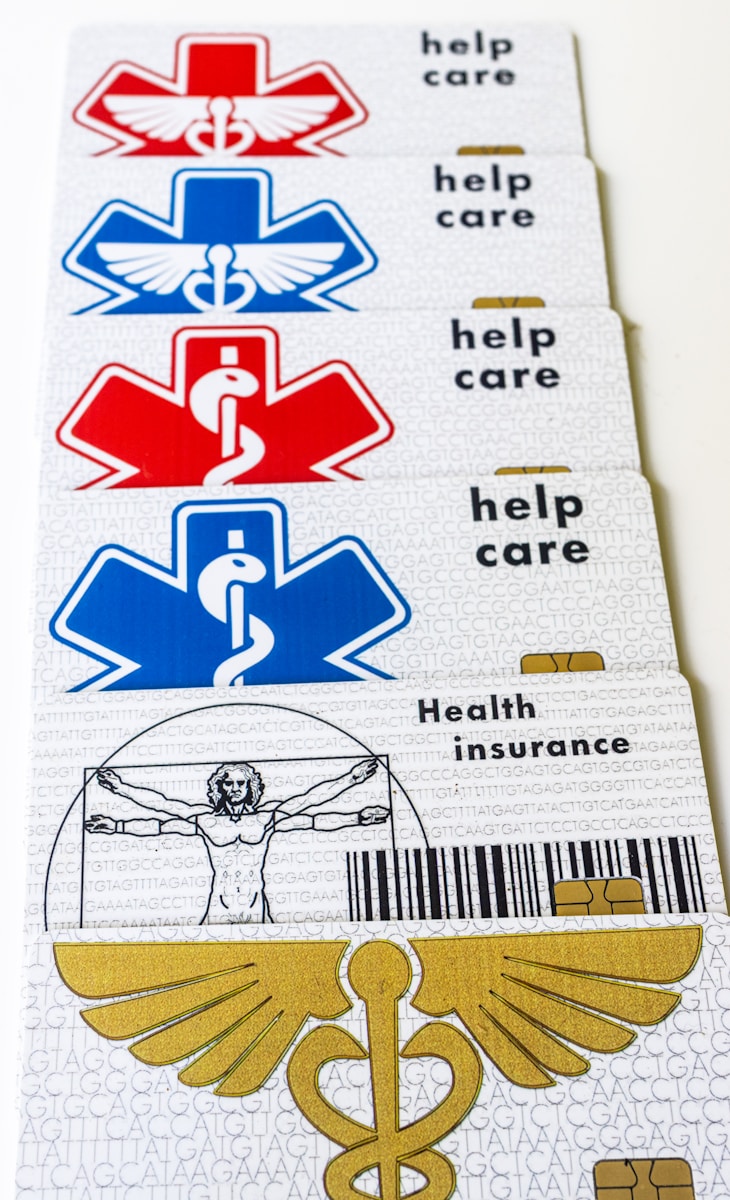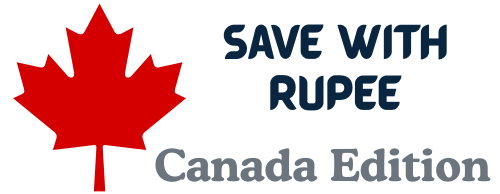Discover what health insurance in Canada covers in 2025—public provincial plans vs private supplemental insurance. Learn about core medical services, gaps, and how to get comprehensive coverage.
Health Insurance in Canada: What’s Covered?
Answer Box:
Canada’s health insurance system blends universal, publicly funded provincial plans with private supplemental insurance to cover essential medical care and many extras like dental, prescription drugs, and vision. This guide explains what’s included, what’s not, and how Canadians can fill coverage gaps for a healthier future.

Understanding Canada’s Health Insurance System
Canada offers universal healthcare through federally guided but provincially managed public health insurance plans. These plans cover essential medical services like hospital stays, doctor visits, surgeries, and diagnostic tests.
Each province and territory administers its own health plan covering its residents. For example:
- Ontario has the Ontario Health Insurance Plan (OHIP)
- British Columbia offers the Medical Services Plan (MSP)
- Quebec operates the Régie de l’assurance maladie du Québec (RAMQ)
You must apply and be eligible as a resident of the province for coverage. Most provinces also impose a waiting period (up to 90 days) for new residents, during which private insurance or out-of-pocket payment applies.
What Public Health Insurance Covers
Public health insurance plans typically pay for:
- Doctor visits and family physician services
- Medically necessary hospital care, including surgeries and overnight stays
- Emergency department visits
- Diagnostic tests like X-rays, MRIs, and bloodwork
- Services by licensed healthcare professionals in approved settings
This “core basket” of services is standardized by the Canada Health Act, ensuring medically necessary hospital and physician services are universally covered. It’s designed to provide timely and equitable access without direct charges at the point of care.
What’s Not Included in Public Health Insurance
Several common healthcare costs are not covered, which often surprises residents and newcomers:
- Prescription medications outside of hospitals
- Dental care such as exams, cleaning, fillings, dentures
- Vision care including eye exams, glasses, and contact lenses
- Most paramedical services like physiotherapy, chiropractic, massage therapy
- Mental health counseling outside hospitals (though some provinces have limited programs)
- Ambulance services (coverage varies by province and often involves fees)
- Private or semi-private hospital rooms
Residents often rely on private insurance or pay out of pocket for these services. Some provinces offer limited support programs for children, seniors, or low-income groups.
Private Supplemental Health Insurance in Canada
Many Canadians supplement their provincial coverage with private health insurance for services public plans don’t cover. Private plans, often offered by employers or purchased individually, typically include:
- Prescription drug coverage
- Dental and vision care
- Extended health benefits like paramedical therapies
- Mental health benefits like counseling or therapy
- Private hospital accommodations
- Disability and critical illness coverage (sometimes)
How Private Insurance Works
Private health insurance can be:
- Group plans: Offered by employers covering you and sometimes family members with negotiated rates.
- Individual plans: Purchased independently for self-employed, unemployed, or those wanting additional coverage.
Premiums depend on factors like age, province, health status, and coverage level. Monthly costs for an adult can range widely from about $90 to $250 or more.
The Growing Health Insurance Market in Canada
Canada’s private health insurance market is expanding rapidly, estimated at $73.6 billion in 2025 and projected to exceed $120 billion by 2030. The growth reflects increasing demand for expanded coverage as public plans don’t cover many essential services.
Patient Rights & Recent Policy Updates
In 2025, the federal government clarified that medically necessary care delivers by a broader range of practitioners like nurse practitioners and pharmacists must be covered by public plans, starting 2026, narrowing some gaps.
At the same time, federal funding could be at risk if provinces permit extra billing or charge patients for insured services, ensuring consistent access.
Personal Story: How Supplemental Insurance Helped Amanda
Amanda, a teacher in Vancouver, found herself with costly dental implants and vision needs not covered by MSP. Thanks to her employer’s supplemental insurance, her out-of-pocket costs were drastically reduced. “The public plan was a lifesaver for emergencies, but my private plan kept everyday healthcare affordable,” she says.
Frequently Asked Questions (FAQs)
Do I have to pay premiums for public health insurance?
Most public plans have no monthly premiums but may charge fees for some services or medications.
Does private insurance cover everything the public plan misses?
Coverage varies by plan; it often covers common gaps but is not comprehensive for all services.
Can I have private insurance without provincial health coverage?
Usually not; provincial coverage is a prerequisite for private insurance eligibility.
Are prescriptions covered by public insurance?
Only in hospital settings or certain provincial drug programs for seniors or low-income groups.
What happens if I move between provinces?
You must apply for the new province’s health plan; coverage temporarily lapses during waiting periods.
Tips for Canadians to Maximize Health Coverage
- Enroll promptly in your provincial health insurance after arriving in a province.
- Explore employer group insurance plans for supplemental coverage.
- Consider individual private plans if self-employed or uninsured otherwise.
- Use Tax-Free Savings Accounts or Health Spending Accounts to cover unreimbursed expenses.
- Understand what your public plan covers to avoid unexpected costs.
Call to Action
Canada’s health insurance system provides an excellent foundation for essential medical care, but gaps remain. Protect yourself and your family by combining public coverage with private supplemental insurance tailored to your needs. Review your benefits, ask questions, and seek advice to ensure comprehensive healthcare protection. Stay informed and healthy—explore your health insurance options today!
This comprehensive guide on health insurance in Canada is crafted for cad.savewithrupee.com to help Canadians navigate public and private coverage in 2025.
🍁 Smarter Money Tips for Canada

Discover our guides on credit cards, loans, insurance, and savings designed for Canadian readers.
💡 Explore Canadian Guide
Nice article